Peppers are a versatile ingredient that can transform your cooking. This comprehensive guide covers everything you need to know about choosing, storing, and using peppers effectively to enhance your dishes with flavor and heat.
Table of Contents
- Types of Peppers You Should Know
- Cooking Tips with Peppers
- How to Store Peppers Like a Pro
- Buying Guide: Choosing the Best Peppers
- Creative Ways to Use Peppers
- Frequently Asked Questions
- Conclusion
Types of Peppers You Should Know
Peppers come in a dazzling variety — each with its own personality, heat level, and culinary role. Let’s take a tour through some of the most popular ones:
| Name | Heat Level (SHU) | Flavor Profile | Best For |
|---|---|---|---|
| Red Bell Pepper | 0 | Sweet, crisp, earthy | Salads, stuffing, roasting |
| Jalapeño | 2,500–8,000 | Grassy, fresh with moderate heat | Tacos, salsas, nachos |
| Hatch Green Chile | Varies (1,000–30,000) | Earthy, smoky, slightly sweet | Southwestern dishes, enchiladas |
| Serrano | 10,000–23,000 | Spicy, bright, tangy | Salsas, sauces, garnishes |
| Habanero | 100,000–350,000 | Fruity, floral, intensely hot | Hot sauces, adventurous recipes |
| Ghost Pepper | ~1,000,000 | Smoky, sweet upfront with delayed burn | Extreme heat lovers, challenges |
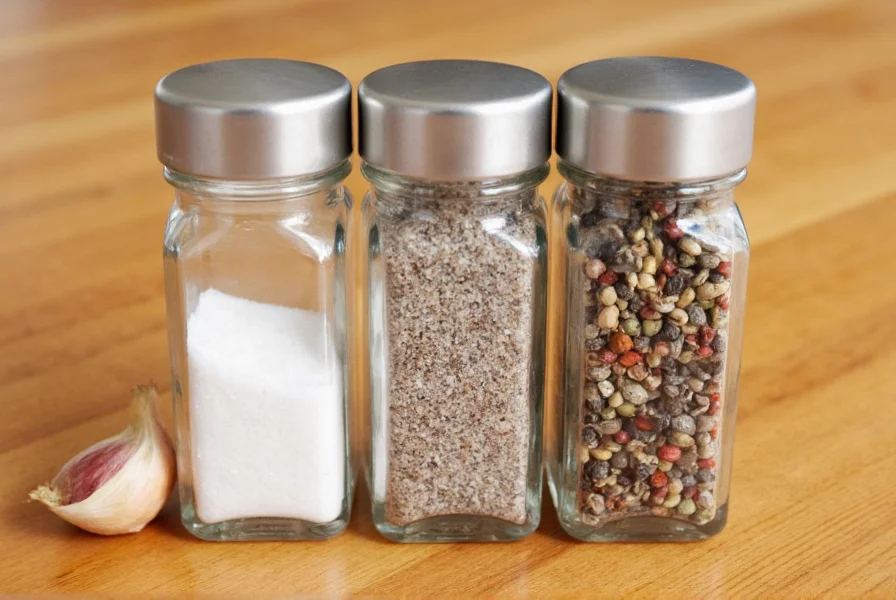
Bell Peppers: The Mild Mellow Masters
If you’re new to peppers or prefer things on the milder side, bell peppers are your best friends. They come in green, red, yellow, orange, and even purple shades. Red bells are the sweetest and most mature, while green ones tend to be a bit more bitter and vegetal.
Chili Peppers: Fire in Your Food
For those who like it hot, chili peppers deliver both flavor and fire. Jalapeños offer a perfect starting point for the heat-curious, while habaneros and ghost peppers challenge even seasoned palates.
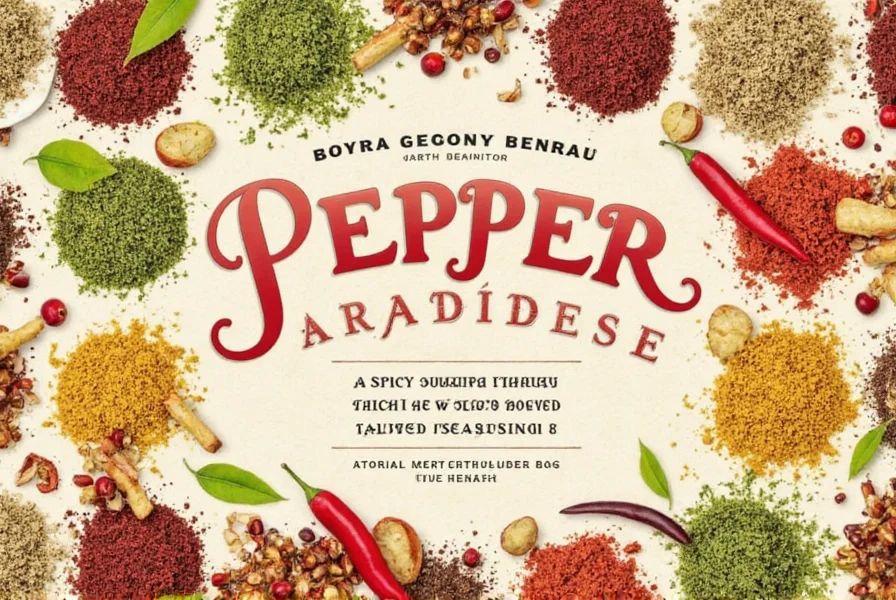
Cooking Tips with Peppers
Cooking with peppers can transform a dish from basic to brilliant. Here are some tried-and-true tips to help you get the most out of your peppers:
- Roast them: Roasting brings out sweetness and adds a lovely smoky note. Try it with poblano, Anaheim, or bell peppers.
- Deseed for less heat: The seeds and white ribs contain most of the capsaicin (the compound responsible for spiciness). Remove them if you want flavor without the fire.
- Pair wisely: Sweet fruits like mango or pineapple balance spicy chilies beautifully. Dairy products like sour cream or yogurt can soothe the palate after a fiery bite.
- Use vinegar: Adding vinegar helps extract the flavors and oils from peppers, especially when making sauces or pickling.
- Layer heat: Add chopped chilies at different stages of cooking to build layers of heat and flavor.
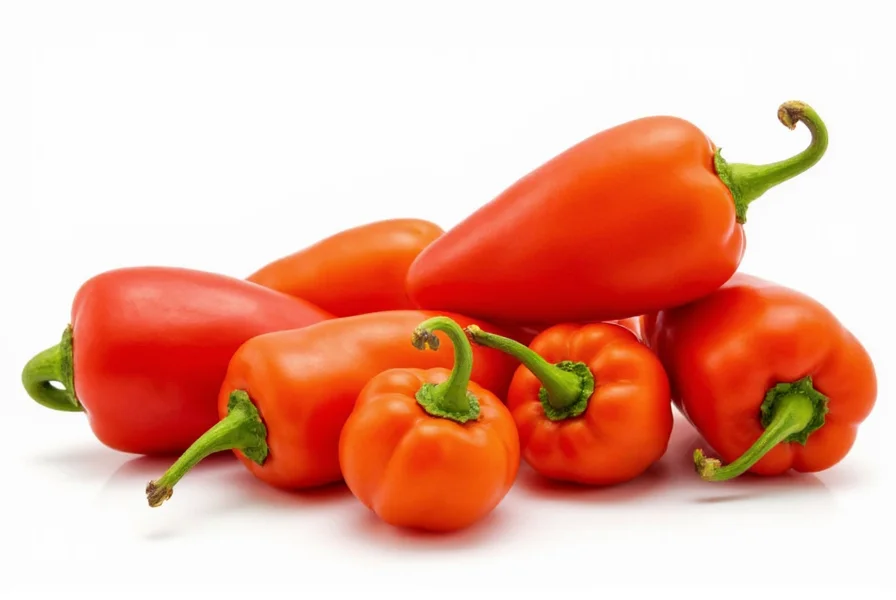
The Science of Spice
Ever wonder why some people love spicy food and others can’t handle the heat? It all comes down to capsaicin, the active compound in chili peppers. Capsaicin binds to pain receptors in the mouth, creating a burning sensation. Over time, your body builds tolerance, which explains why chili lovers keep reaching for hotter peppers!
How to Store Peppers Like a Pro
Proper storage keeps your peppers fresh longer and maintains their flavor and texture. Here’s how to do it right:
| Storage Method | Pepper Type | Duration | Tips |
|---|---|---|---|
| Room temperature | Bell peppers (unwashed) | 2–4 days | Keep in a cool, dry place away from sunlight. |
| Refrigerator | All types | 7–10 days | Store in crisper drawer in a plastic bag or breathable container. |
| Freezer | Chilies and bell peppers | 6–12 months | Wash, slice, and freeze on a tray before transferring to bags. |
| Drying | Chili peppers | Months to years | Hang in bunches or use a dehydrator. Store in airtight containers. |
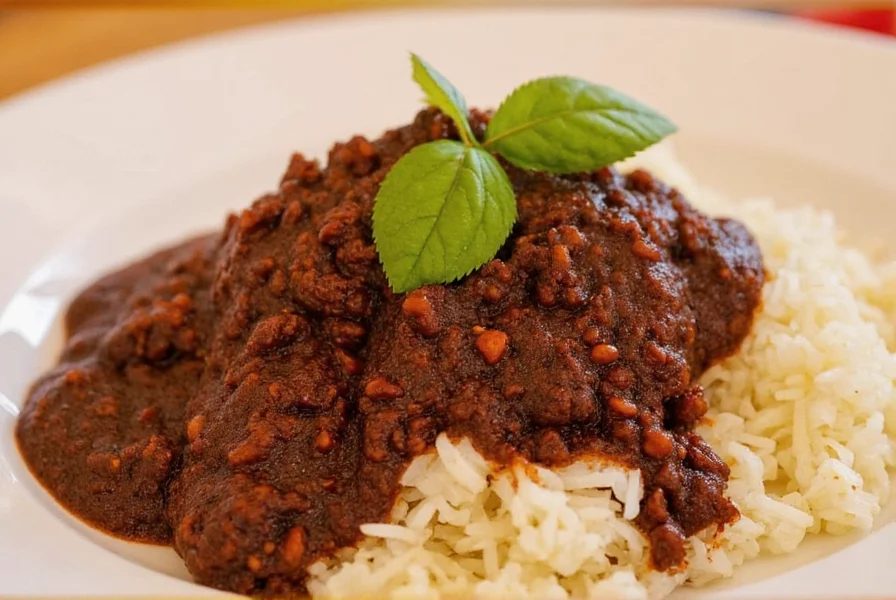
Freezing Tips
Don’t waste leftover peppers! Freezing is easy and convenient. Simply wash, pat dry, slice or chop, and flash freeze on a baking sheet before bagging. No blanching needed!
Buying Guide: Choosing the Best Peppers
Knowing what to look for when buying peppers can make all the difference in taste and quality. Here’s your go-to guide for picking the perfect peppers every time:
- Check the skin: Look for firm, glossy peppers without wrinkles, soft spots, or blemishes.
- Feel the weight: Heavier peppers usually mean more moisture and better freshness.
- Color matters: Brighter colors indicate ripeness and deeper flavor. Yellow and red peppers are sweeter than green ones.
- Smell test: Fresh peppers should smell vibrant and grassy—not musty or overly strong.
- Pick local and seasonal: Locally grown produce is often fresher and more flavorful.
Recommended Bell Peppers for Cooking
Features: Locally sourced, organic, mixed colors
Advantages: High vitamin C content, crunchy texture, natural sweetness
Use Cases: Stir-fries, kebabs, salads, roasted veggie platters
Suitable Occasions: Weeknight dinners, parties, summer grilling

Recommended Dried Guajillo Chilies
Features: Sun-dried, rich red color, medium heat
Advantages: Deep, earthy flavor, long shelf life
Use Cases: Mexican sauces, soups, stews
Target Audience: Chili lovers, Latin cuisine enthusiasts
Suitable Occasions: Family meals, holiday feasts, DIY sauce making
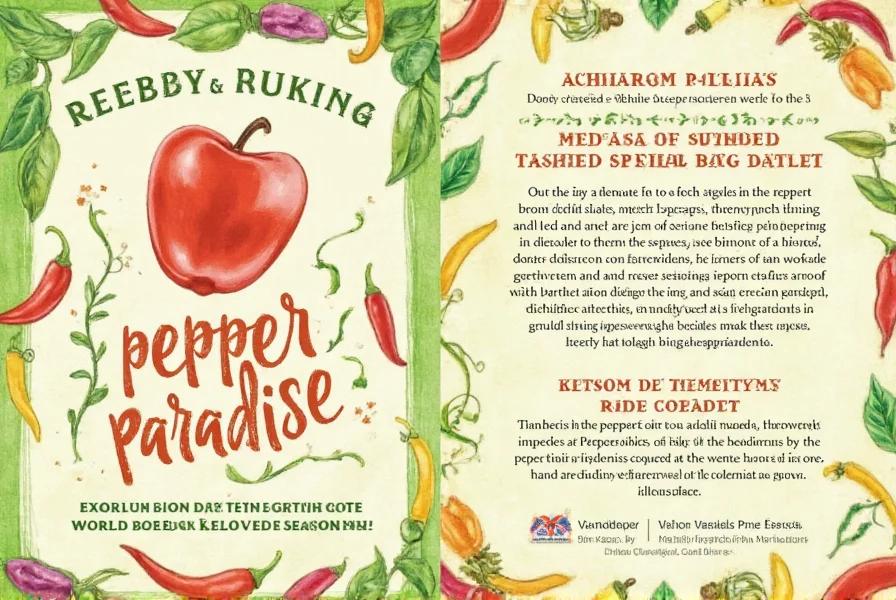
Creative Ways to Use Peppers
Think beyond tacos and pizzas — peppers can do so much more! Here are some fun and unexpected ways to enjoy them:
- Make infused oil: Simmer dried chilies in olive oil to create a flavorful base for pastas, drizzles, and dips.
- Infuse cocktails: Muddle jalapeños into margaritas or Bloody Marys for a spicy kick.
- Pepper jam: Combine red peppers, sugar, vinegar, and spices for a savory-sweet spread.
- Stuffed pepper burgers: Mix finely diced peppers into ground meat before shaping into patties.
- Dehydrate and grind: Turn your favorite peppers into homemade chili powder for seasoning anything from popcorn to grilled meats.
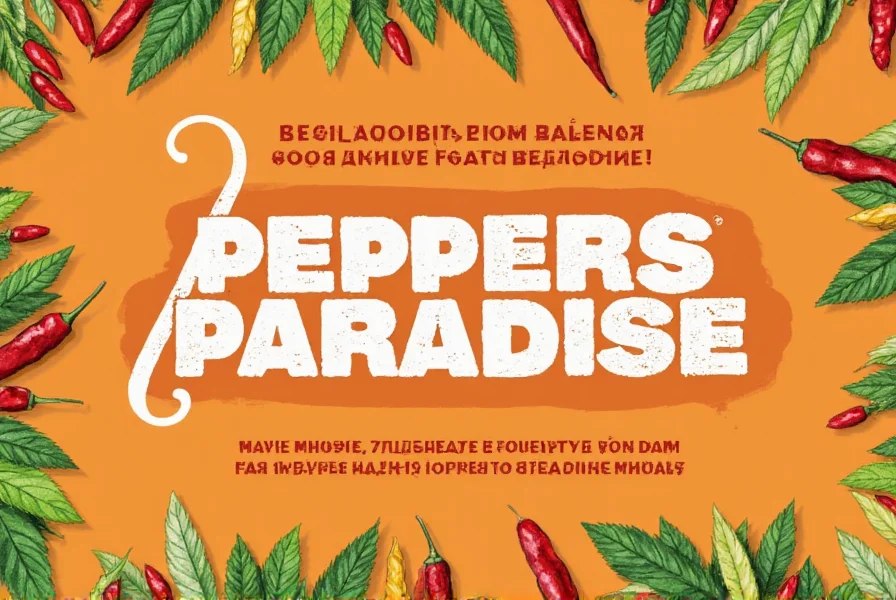
Pepper-Infused Cocktails: Spicy Meets Boozy
Add a few slices of jalapeño or a dash of chili-infused syrup to your next cocktail and watch the magic happen. Perfect for impressing guests or adding flair to your happy hour routine.
Frequently Asked Questions
How do I measure pepper heat levels accurately?
Pepper heat is measured using the Scoville Heat Unit (SHU) scale, which quantifies capsaicin concentration. Our pepper chart provides reliable SHU ranges for common varieties. For precise measurement, professional labs use high-performance liquid chromatography, but home cooks can gauge heat by tasting tiny pieces — always start small and work up!
What's the longest I can store fresh peppers without refrigeration?
At room temperature, unwashed bell peppers last 2-4 days in a cool, dark place. Never leave cut peppers unrefrigerated for more than 2 hours. For optimal freshness, refrigerate all pepper types immediately after purchase — they'll maintain quality for 7-10 days in your crisper drawer.
How can I reduce spiciness in a dish that's become too hot?
Add dairy (yogurt, sour cream, or milk), acidic elements (lime juice or vinegar), or sweet components (honey or sugar). These counteract capsaicin effectively. Never use water — it spreads the heat. For future reference, remove seeds and white membranes when preparing chilies to control heat levels from the start.
How do I know when peppers are perfectly ripe for picking?
Ripe peppers feel heavy for their size, have taut glossy skin without wrinkles, and display vibrant color (red/yellow peppers indicate full ripeness while green suggests earlier harvest). They should snap cleanly from the plant with a slight twist. For store-bought peppers, avoid any with soft spots or dull coloring.
Can I freeze whole peppers without losing flavor or texture?
Yes! Wash peppers thoroughly, pat dry, and freeze whole or sliced on a baking sheet for 2 hours before transferring to freezer bags. Bell peppers maintain texture well when frozen this way. For chili peppers, freezing intensifies heat slightly but preserves flavor perfectly for 6-12 months. No blanching required.
Conclusion
From mild to mind-blowing, peppers offer endless possibilities in the kitchen. Whether you're roasting, grilling, infusing, or simply slicing, there’s a pepper out there for every taste and occasion. Armed with these tips, charts, and tricks, you’re ready to dive into your own pepper mastery — where every bite is bursting with flavor.
Remember: the key to mastering peppers is experimenting with heat levels, pairing smartly, and storing properly. So go ahead — grab a few peppers, try something new, and let the spice flow!
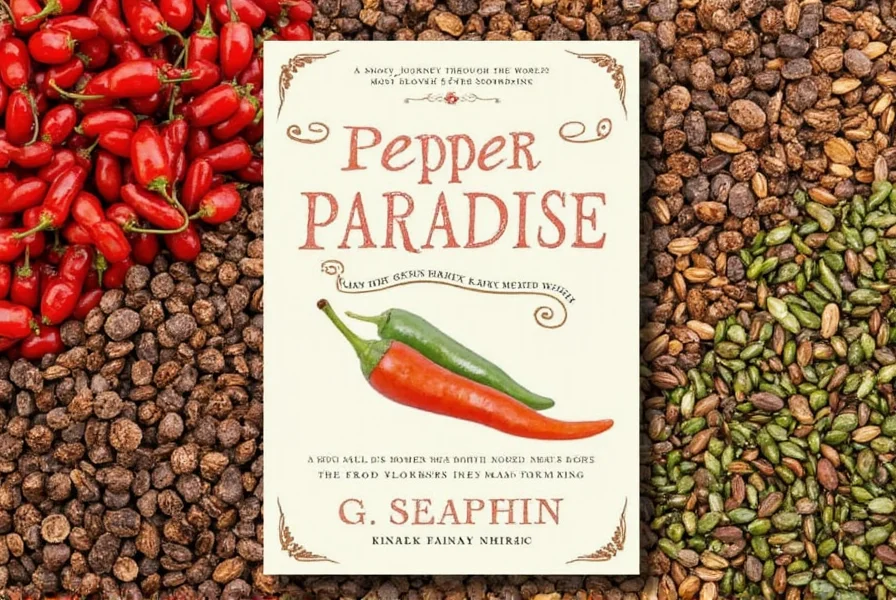

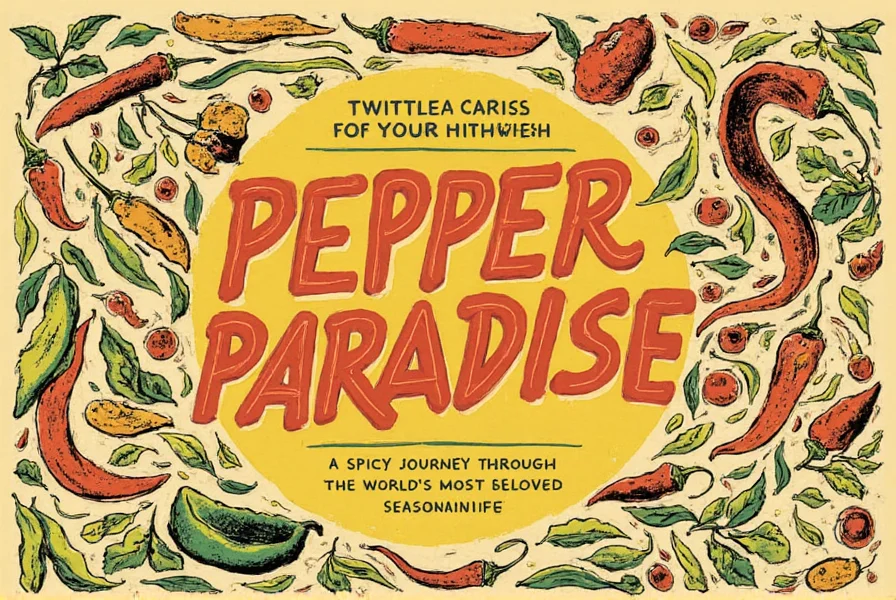









 浙公网安备
33010002000092号
浙公网安备
33010002000092号 浙B2-20120091-4
浙B2-20120091-4